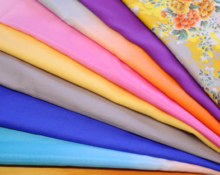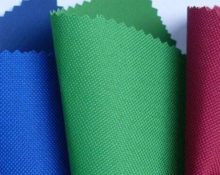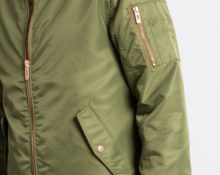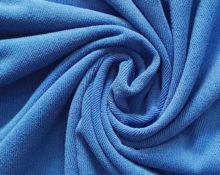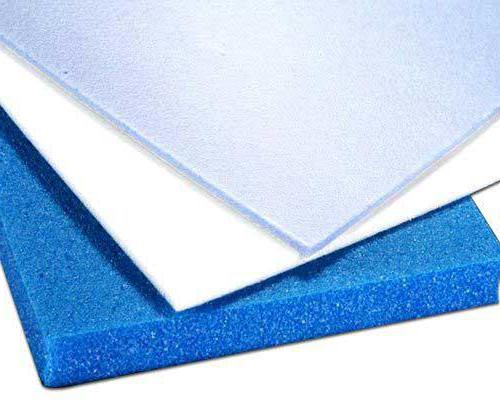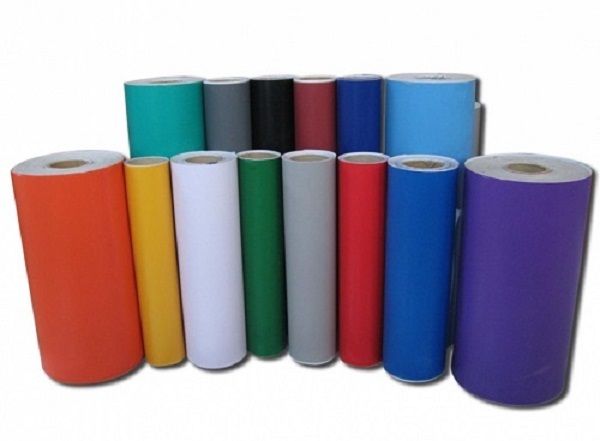Many names of synthetic fabrics are familiar. We talk about them, buy clothes made from them, but don’t think at all whether there is a difference between them. Meanwhile, almost every synthetic material has its own functions: one protects from bad weather, the second retains heat, the third allows the skin to breathe, the fourth gives convenience and comfort when playing sports.
For example, today microfiber (another name is microfiber) and polyester are widespread. Is there a difference in these materials, why are they needed and which one should I choose? Let's try to answer these questions.
A little about microfiber
This fabric is used for sewing clothes, bedding, and cleaning products. She represents weaving of the finest polyester threads. The composition also includes viscose or cellulose, cotton and polyamide fibers.
Microfiber – dense, soft, lightweight fabric, which is famous for its strength and high wear resistance. It practically does not wrinkle, washes well, does not deform during use and does not lose color.
By the way! This fabric is undemanding and easy to care for. Ironing and drying on hot radiators are contraindications for it.
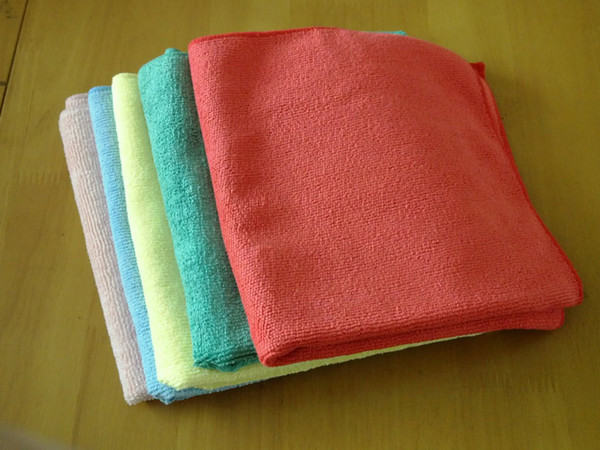
Microfiber cloths
Polyester - what kind of fabric?
This fabric is a good combination petroleum, alcohol, special acids and coal. More than 50% of all synthetic fabrics in the world are derived from polyester. Not only skirts and dresses are made from it, but also outerwear - raincoats, jackets, professional uniforms. It is also indispensable in the furniture industry: upholstery made from this material is in particular demand.
Despite the fact that polyester is a product of the chemical industry, in appearance it resembles natural cotton or wool. It is completely safe for human health. In clothes made of polyester, the skin breathes.
Also this material:
- retains heat perfectly (it is used as a filler for outerwear);
- protects from wind and rain (raincoats and jackets are made from it);
- does not stretch out or sit down.
Important! One of the conditions for the long life of polyester products is washing in cold or warm water. This material cannot withstand high temperatures, so it should not exceed 40 degrees.
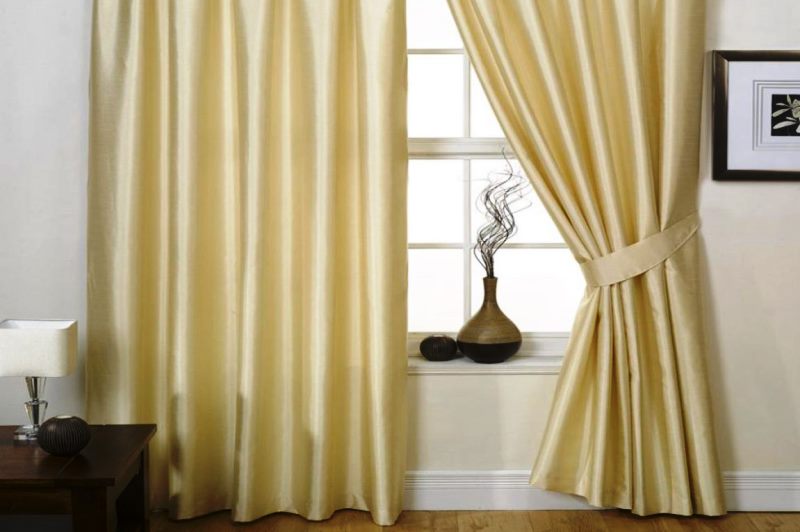
Polyester curtains
Comparing materials
In essence, both microfiber and polyester are a combination of polyester threads. And there are differences and similarities between these materials:
- Appearance. Microfiber is a very soft fabric. Polyester, on the other hand, is a little rough to the touch. It has more shine and gloss, the microfiber surface is porous and fleecy.
- Strength. In this regard, both materials deserve high praise. They are not only durable, but also last a long time.It is difficult to break them, even with maximum effort.
- Characteristics. Microfiber absorbs water well, making this fabric ideal for wet cleaning. Polyester repels liquids and has poor absorbency. At the same time, microfiber protects against wind much worse than its “colleague”. Polyester is cheaper than microfiber and is more common. What they have in common is the fact that both materials retain heat well.
- Application. Microfiber is the best cleaning cloth. It cleans and polishes lacquered and glass surfaces well. Polyester is ideal for sewing outerwear. However, microfiber underwear and clothes are more comfortable.
What is better under the same conditions?
Microfiber saw the light relatively recently: in the 70s of the twentieth century. Polyester has been produced for over 80 years. Microfiber is a more advanced material, and therefore is more valuable. The scope of its application is wider. Both of these materials are actively used in tailoring and upholstery, but Polyester is not suitable for cleaning at all. Whereas microfiber is not intended to protect against rain, snow and wind.


 0
0